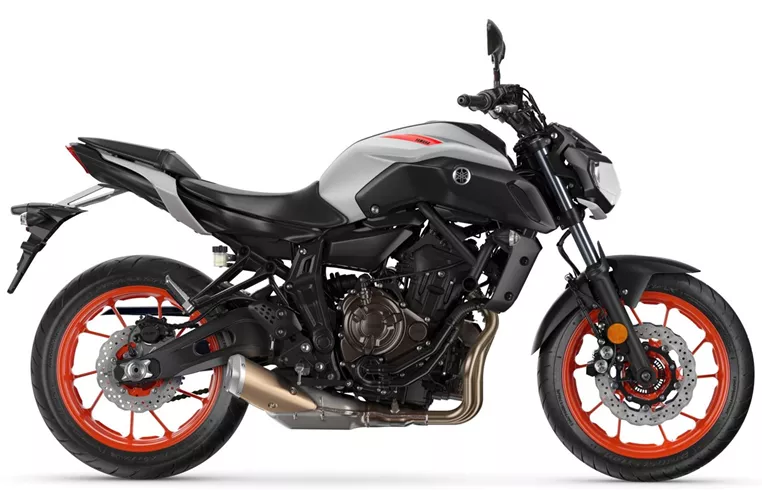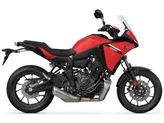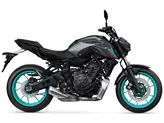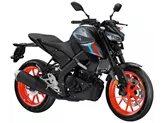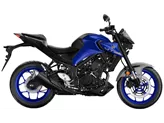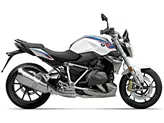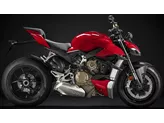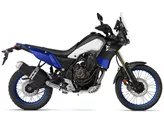BMW S 1000 R 2016 vs. Yamaha MT-07 2020

BMW S 1000 R 2016
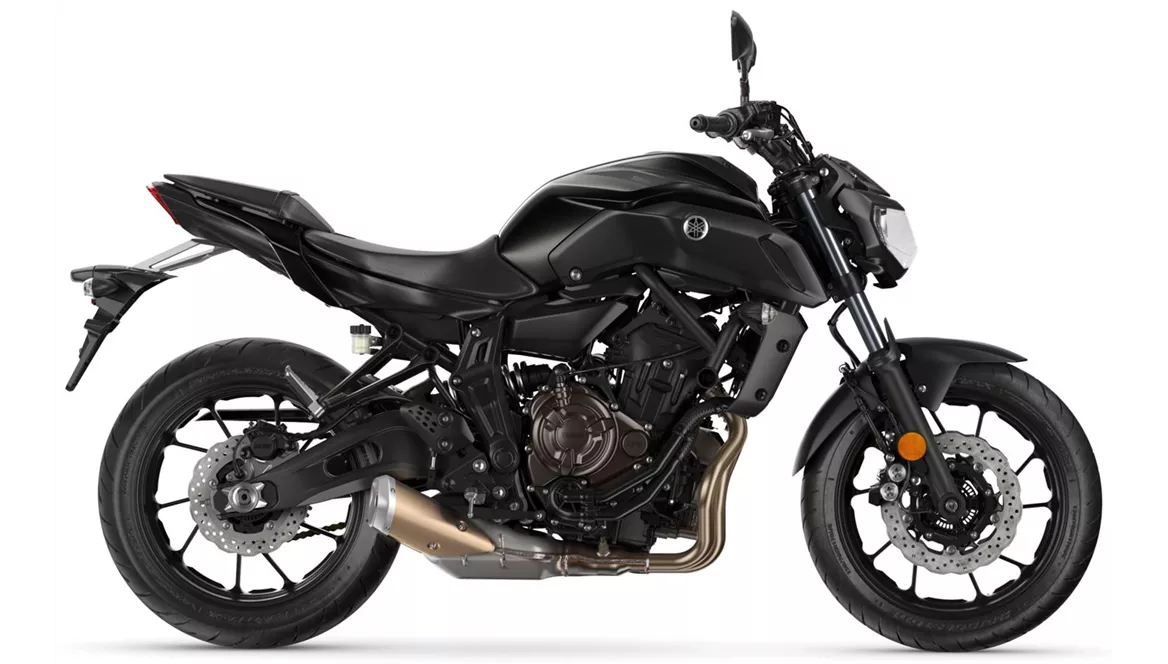
Yamaha MT-07 2020
Vue d’ensemble - BMW S 1000 R 2016 vs Yamaha MT-07 2020
The BMW S 1000 R 2016 and the Yamaha MT-07 2020 are both naked bikes that offer unique features and characteristics. Starting with the BMW S 1000 R 2016, it is equipped with an inline four-cylinder engine that delivers a powerful 160 HP and 112 Nm of torque. This engine provides excellent performance and is well controllable, giving riders a thrilling experience. The bike's chassis is made of aluminum, which offers a lightweight and rigid structure, enhancing its handling capabilities.
In terms of suspension, the BMW S 1000 R 2016 features an upside-down telescopic fork at the front, providing stability and precise control. The braking system consists of double disk brakes at the front, ensuring powerful and reliable stopping power. The bike has a wheelbase of 1439 mm and a seat height of 814 mm, offering a comfortable riding position for the rider. However, the chassis of the BMW S 1000 R 2016 is known to be quite hard, which may result in a slightly harsh ride.

BMW S 1000 R 2016
On the other hand, the Yamaha MT-07 2020 is equipped with an inline twin-cylinder engine that produces 75 HP and 68 Nm of torque. While it may not have the same level of power as the BMW S 1000 R 2016, the high-torque nature of the engine provides a thrilling riding experience. The bike's chassis is made of steel, which offers durability and stability.
The Yamaha MT-07 2020 features a telescopic fork suspension at the front, providing a well-balanced and comfortable ride. Similar to the BMW S 1000 R 2016, it also has double disk brakes at the front, ensuring reliable stopping power. The bike has a wheelbase of 1400 mm and a seat height of 805 mm, offering a pleasant seating position for the rider. Additionally, the Yamaha MT-07 2020 has a wide selection of accessories available, allowing riders to customize their bike according to their preferences. However, some may find the optics and fittings of the bike to be a bit plain and the controls on the handlebars to be of lower quality.

Yamaha MT-07 2020
In terms of weaknesses, the BMW S 1000 R 2016 offers optional extras that are tempting but expensive, which may not be affordable for all riders. Additionally, the bike's hard chassis may result in a slightly uncomfortable ride for some. On the other hand, the Yamaha MT-07 2020 may not have the most visually appealing design and the controls on the handlebars may feel cheap to some riders.
In conclusion, both the BMW S 1000 R 2016 and the Yamaha MT-07 2020 have their own strengths and weaknesses. The BMW S 1000 R 2016 offers a powerful engine, strong braking system, and comfortable seating position. On the other hand, the Yamaha MT-07 2020 provides a high-torque two-cylinder engine, well-done chassis set-up, and a wide selection of accessories. Ultimately, the choice between these two bikes will depend on the rider's preferences and priorities.
Caractéristiques techniques BMW S 1000 R 2016 par rapport à Yamaha MT-07 2020
Avantages et inconvénients en comparaison
Avantages et inconvénients en comparaison
BMW S 1000 R 2016

Sur la BMW S 1000 R, on remarque à la fois la parenté étroite avec la Superbike S 1000 RR et la volonté de doter la machine d'un niveau de confort élevé pour la route et le quotidien. Le moteur quatre cylindres de 1000 cm3 se met donc au travail de manière brutale, tout en restant bien contrôlable, et la position de conduite est par conséquent confortable et sportive. Le fait que la S 1000 R soit l'une des power naked bikes les plus abordables est surprenant et réjouissant, mais il ne faut pas pour autant mettre la main sur la liste des équipements spéciaux - car grâce aux nombreuses caractéristiques irrésistibles, elle sera certainement plus chère.
Yamaha MT-07 2020
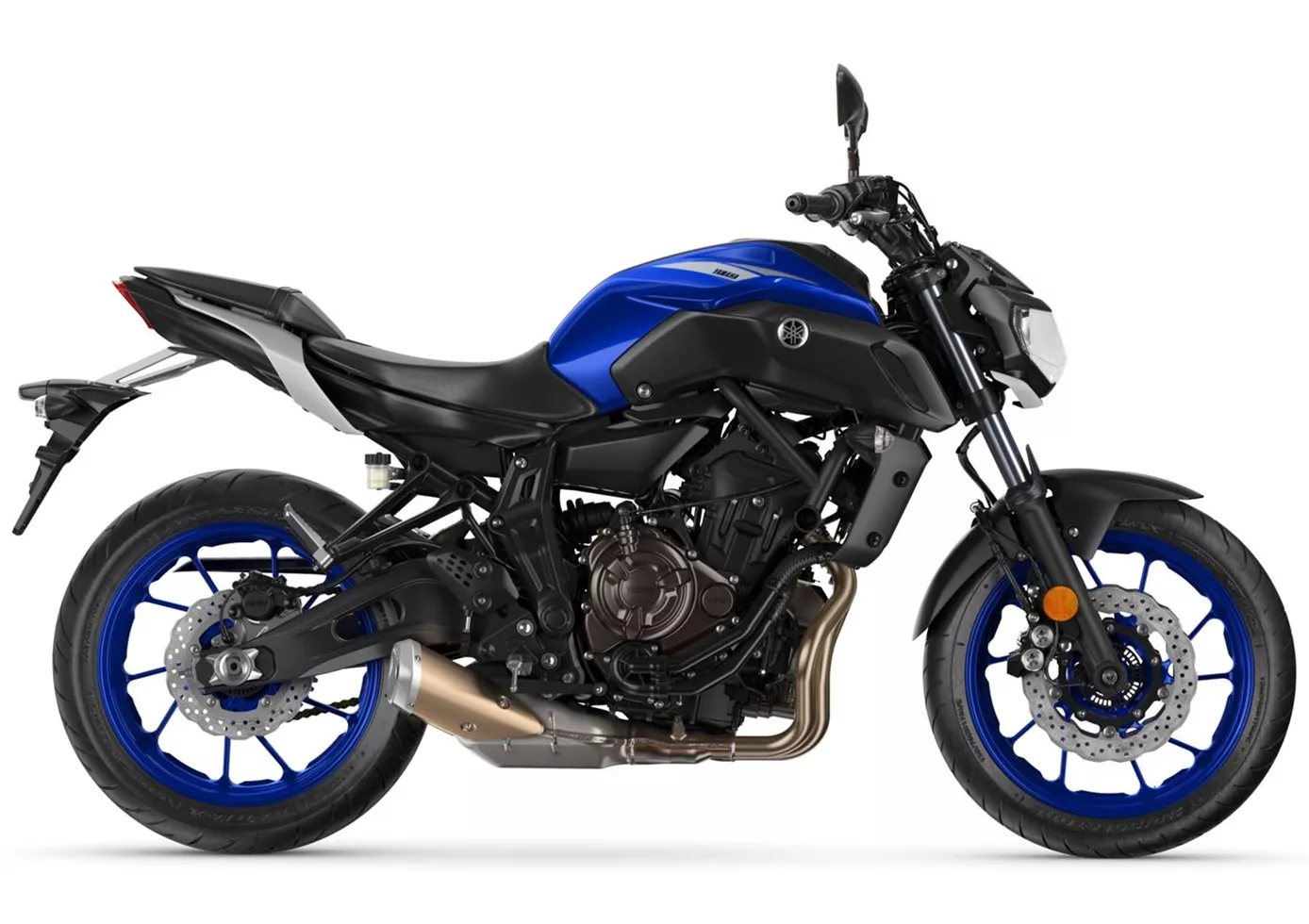
La MT-07 est une magnifique machine de plaisir qui se laisse conduire de manière extrêmement sportive. Les freins sont très puissants et le moteur est actuellement de loin le plus agile de sa catégorie - et peut-être même plus. La maniabilité légère s'y prête parfaitement et le châssis fait un compromis compréhensible entre le confort et le sport - rappelant ainsi que la MT-07 bon marché doit aussi avoir beaucoup à offrir aux débutants. Seul le design, avec son phare halogène et sa fourche conventionnelle, est déjà assez démodé.
Comparaison des prix Prix moyen du marché BMW S 1000 R vs Yamaha MT-07
There are a few key differences between a BMW S 1000 R 2016 and a Yamaha MT-07 2020. In terms of price, the actual average price of a BMW S 1000 R 2016 is about 66% higher. A BMW S 1000 R 2016 experiences a loss of 380 USD in one year of ownership. This is offset by a loss of 40 USD for a Yamaha MT-07 2020. Compared to Yamaha MT-07 2020 there are less BMW S 1000 R 2016 bikes available on the 1000PS.de Marketplace, specifically 10 compared to 20. With 69 days it takes the same amount of time to sell a BMW S 1000 R or a Yamaha MT-07. Since model year 2014 1000PS.de editors have written 62 reviews for the BMW S 1000 R and 69 reviews for the Yamaha MT-07 since model year 2013. The first review for the BMW S 1000 R was published on 11/3/2013 and now has more than 17,300 views. This compares to more than 12,600 views for the first review on Yamaha MT-07 published on 11/4/2013.

